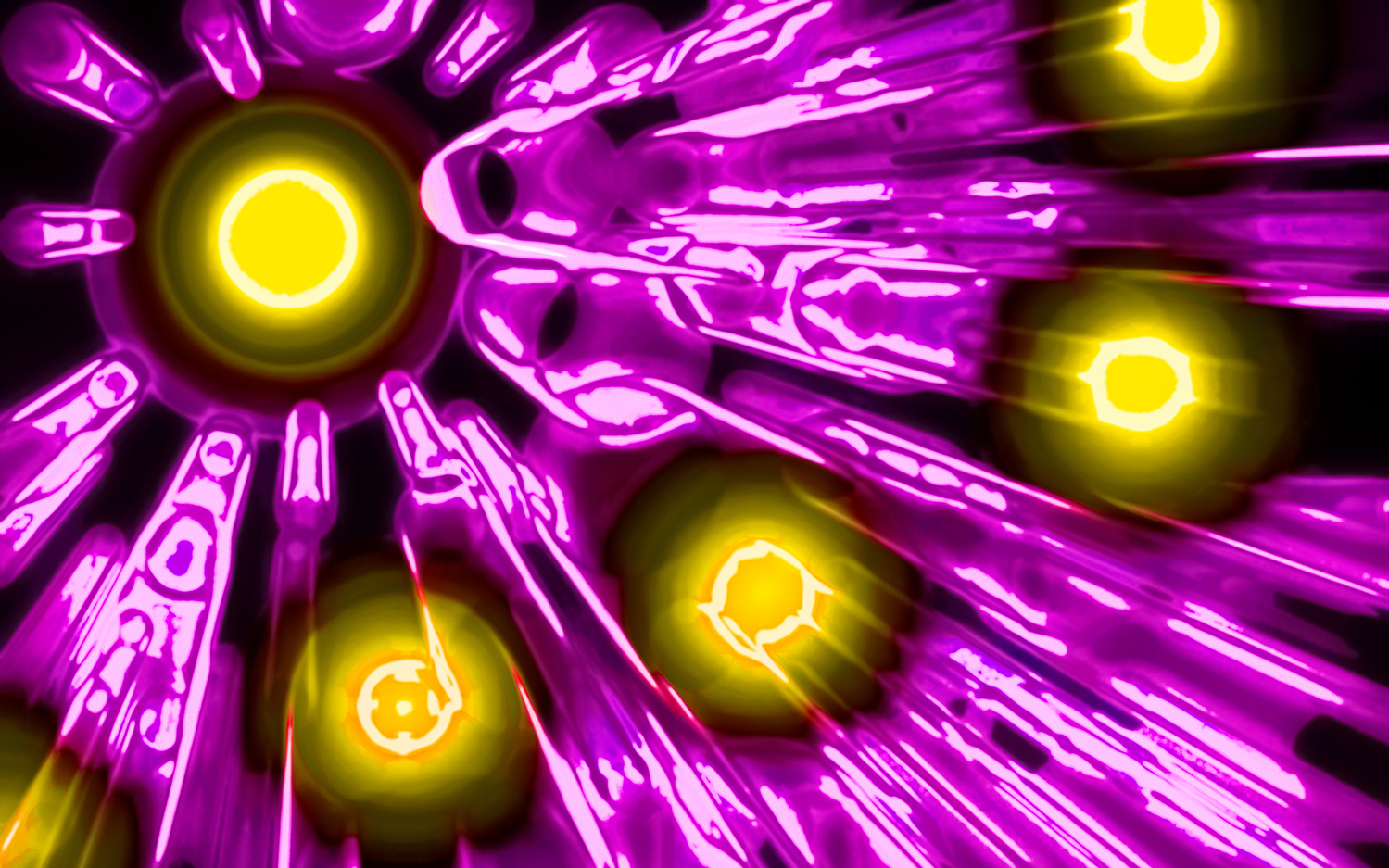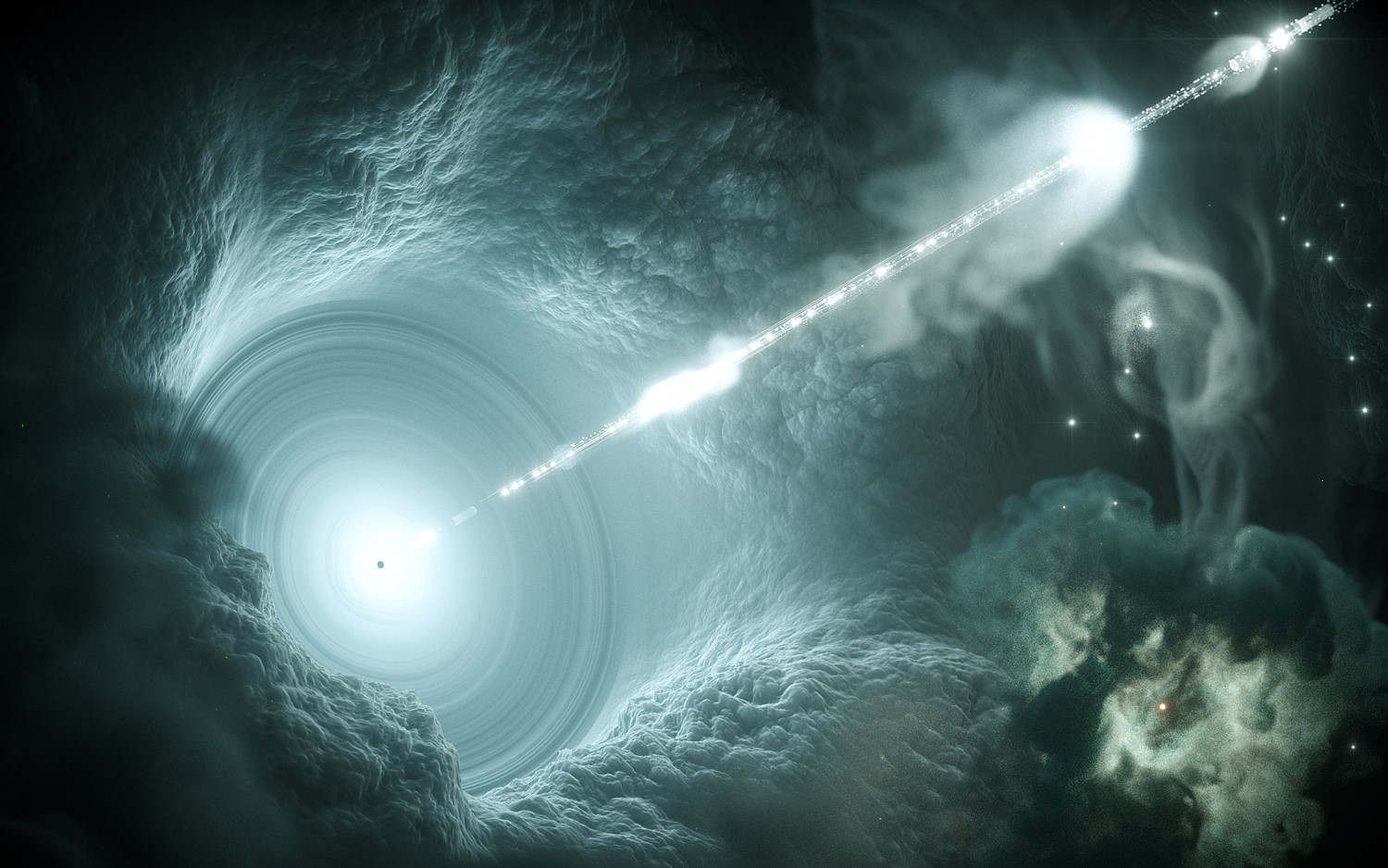18 Times Quantum Particles Blew Our Minds in 2018
Einstein was also proved wrong

Einstein believed in an idea called "local realism," meaning that objects have specific properties whether or not those traits are observed, and that information about those traits can't travel faster than the speed of light. A huge test conducted in 2018, though, showed once again that Einstein was wrong about this. In the experiment, entangled particles seemed to "choose" matching states faster than light could have transferred information between them. This introduces two mind-bending scenarios: Either our observations of the world actually change it, or particles are communicating with each other in some manner that we can't see or influence. "Or possibly both," one researcher previously told Live Science.
The skyrmion finally explained ball lightning

For centuries, credible reports have described "ball lightning," a strange phenomenon where lighting seems to persist as a sphere flying through space. But physicists have never been able to study this phenomenon, or to explain it. New research suggests the effect could be the result of "skyrmions," tightly clustered groups of magnetic fields held together like interlocking rings. For the first time in 2018, scientists reported generating a true skyrmion in a lab, and its magnetic profile matched predictions for the magnetic system necessary to contain ball lightning.
A fifth state of matter in space

You've probably heard of at least three states of matter: solid, liquid and gas. Plasma is the other bigger one. But there's at least one more: the Bose-Einstein condensate, a state in which super-cooled atoms clump together and exhibit quantum activity on unusually large scales. Researchers have made Bose-Einstein condensates on Earth before, but for the first time in 2018, NASA did it in outer space, in an orbital lab aboard the International Space Station.
A superfast "clock" measured an electron in action

Electrons move so fast that under normal circumstances researchers can't find them at a specific spot in space. But in 2018, researchers switched on a device called the "attoclock" that blasts electrons with extraordinarily fast bursts of laser light, knocking them off their host atoms. The attoclock knows precisely when it fires its bursts of laser light, and measures precisely where the atoms land after they fly off into space. Using that information, they can figure out where the electron was in its orbit around the nucleus at the moment it was struck.
Researchers hunted the leptoquark

Scientists haven't found it yet, but they think there's a kind of particle out there called the "leptoquark" that binds with two fundamental types of particle, the lepton and the quark. They didn't find it in 2018, but they did publish results this year that narrow down its nature further than ever before, bringing the actual discovery (if it's out there) much closer.
Cosmic rays fired upward out of Antarctica's ice

Under normal circumstances, cosmic rays crash into Earth from outer space. But in 2018, researchers showed that at least a few seemed to be bursting out of the ground as well in Antarctica. Scientists don't know what’s causing this upward cosmic shower, but the best explanation is that there's some previously unknown high-energy particle out there, and it's penetrating all the way through the Earth and coming out the other side [CK].
A high-energy neutrino finally told us where it came from

Under normal circumstances, high-energy neutrinos are cosmic mysteries. They're ghostly particles, detectable under only limited circumstances, and we know very little about their ultimate source. But in 2018, a 4-billion-year-old neutrino crashed into an atom in a block of ice in Antarctica and gave up the goods. Researchers pointed telescopes all over the planet back in the direction from which the neutrino came, and revealed its source. It turned out that a flaring blazar, a black hole with a galaxy wrapped around it, was firing gamma-rays at Earth at the same time and from the same direction as that neutrino emerged. It was the first-ever such successful hunt for a neutrino's home.
Get the world’s most fascinating discoveries delivered straight to your inbox.
We may have glimpsed a new kind of neutrino

There's something happening in the universe that's making some of humanity's most advanced physics experiments contradict each other. Some seem to be detecting a fourth "flavor" of neutrino, while others can't see it at all. Right now, there's no firm explanation for the discrepancy, but in 2018, a lot more data emerged and scientists are suggesting that it could be something amazing: a never-before-detected "sterile" neutrino, which could fill in some of the gaps in modern physics.



